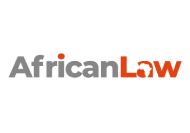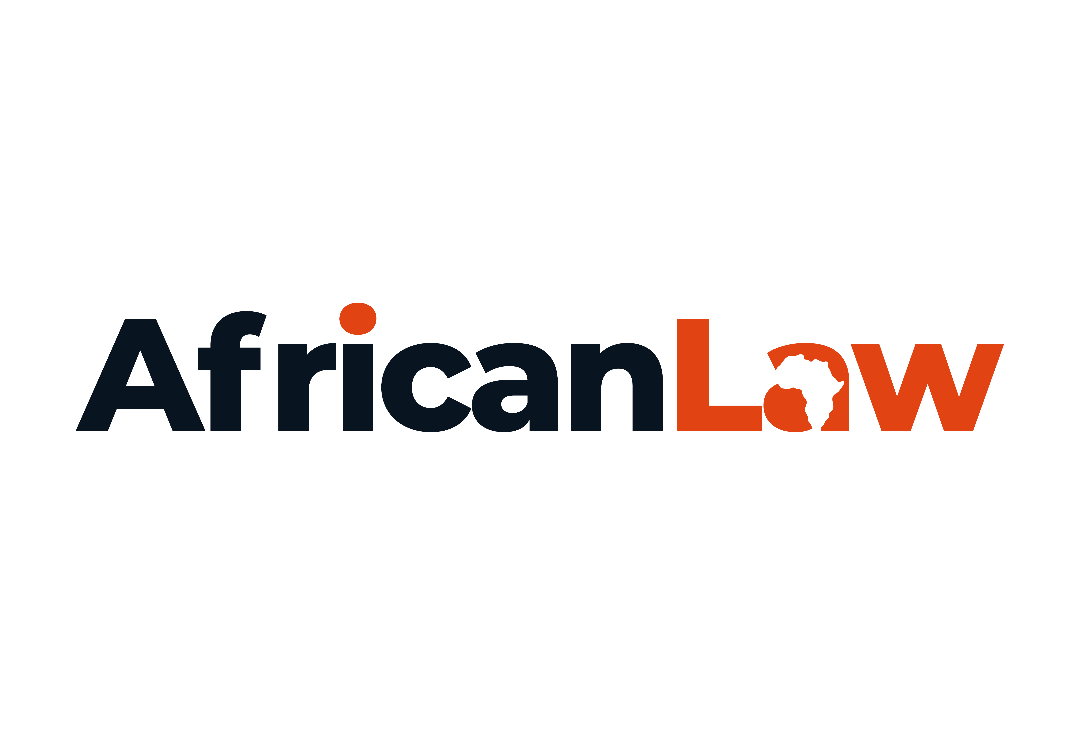Picture this. You are celebrating the 3rd anniversary of your business. It hasn't been easy but you're getting there. Sales of your product have picked up and been steady for the past 18 months. Your partnership program is going strong .
You've racked up an impressive following on your brand's social media pages driving consistent traffic to your website month on month.
You've been postponing the renewal of your domain name for a while but that can wait, there's other important business to attend to right now. Or is there?
When you finally get round to it, you realize you're unable to renew the domain because it now belongs to another user and is no longer available.
Congratulations, you've been ‘cyber squatted’.
What is cybersquatting?
Cybersquatting is a practice in which individuals stalk well known existing brand names and buy their domain names with the sole intention of selling it back to that company to make some profit when the company wants to set up their own website. This quick-buck strategy has been the driver to several domain name disputes in the past.
The dispute that usually arises between parties in most of the cases is the second-level domain name, that is, the characters to the left of the dot in the URL. For example- “adidas” in "www.adidas.com" is the second-level domain name. This portion primarily is the placeholder of the trademarked name for the brand.
But this is only one of the ways in which your brand value can be jeopardized. Another popular example is when a hijacker creates a substitute website similar to yours in interface and design to deceive users into believing that they are visiting the correct target domain. Here the cybersquatter anticipates typographical errors made by users to direct them to this makeshift website where they capitalize on your brand's exposure to derive profits from their own activities- in most cases the sale of counterfeit products. One perfect example would be owning domains like “wwwapple.com” (omitting the “.” between “www” and “Apple”).
One thing that is clear is the intention of the domain registrant -to buy a domain in bad faith to achieve financial gains, spread malware, or to ruin the original brand’s reputation.
Cybersquatters intentionally target the goodwill of a brand with intention of passing off the domain name assigned to established trademarked businesses.
For reference here's a snapshot of the top 20 most abused domains:
Here's an example of a few cybersquatting domains:
- Walrmart44.com: Spreads adware, spyware, and malicious browser extensions.
- Secure-wellsfargo.org: Steals users’ personally identifiable information, login credentials, and ATM pins.
- Facebookwinners2020.com: Offering fake prizes or free products to victims. To claim the prize, users need to fill out a form with their personal information such as name, email address, phone number, date of birth, income, etc.
Interrelationship with Trademarks
Trademarks provide a user rights to use a mark and to prevent others from using similar marks in a way that would cause a likelihood-of-confusion about the origin of the goods or services. They can be exclusively used by its owner, or licensed to another party for use in return for payment. Registration provides legal certainty and reinforces the position of the right holder.
In the physical world , the purpose a trademark serves is the same that a domain name serves in a virtual commercial environment– identification, differentiation and creation of a brand identity.
Unlike trademarks, the first come first-served policy of the domain registrations prohibits two or more users of a same or similar domain name, no matter the honest concurrent use involved. Moreover, a large number of trademarks containing the same name can comfortably co-exist, as they are associated with different products and may belong to businesses in different jurisdictions etc. Where there is no confusion or dilution, two separate entities are allowed to use trademarks that might appear similar but the same is not applicable to the pseudo e-trademark, that is, the domain name system.
What can be done?
Before you fall victim of cybersquatting, it is crucial to do everything that is in your power to protect your online business.
Here's some of the ways you can proactively thwart or resolve any attack on your brand online.
- Choose several top-level domains and create a page on all of them. Reserving a name on several domains like .com, .org or one of other top tier domains like .me domain, might be surprisingly effective.
- Think of username squatting too. Even if you’re not planning to be active on them it's a good idea to reserve your name in upcoming social media and social sharing sites.
- Set up Google alerts for your brand or even use some brand mention tool for better results. Monitoring your brand online will allow for complete digital visibility regarding infringement.
- Check with your domain provider to see if they provide blocking products. In some jurisdictions, domain providers provide developed blocking products, exclusively reserved for trademarks registered and designed to guarantee the security of companies’ intellectual property on a large number of domains.
- As a last resort you have the option to contact the domain's owner to see what is happening with the site in question. It could be that the domain owner would like to sell it to you, and that's certainly a choice you have if the price is right for you.
The rise in cybersquatting cases shows that from well-known brands to smaller businesses, no one is spared when it comes to online infringement. A good brand protection strategy will help companies to take appropriate action and enforce their rights when needed. Although you can't protect yourself or your business from cybersquatting 100% of the time, the best thing you can do to make sure your personal brand or business is as protected as possible is to register a trademark.
At AfricanLaw we connect foreign businesses with resident IP attorneys and agents in every African jurisdiction, with all-inclusive competitive fees.
We’re here to help navigate the African IP landscape, so feel free to get in touch with us, should you have any questions or assumptions that need clarifications.
We’re here to help navigate the African IP landscape, so feel free to get in touch with us, should you have any questions or assumptions that need clarifications.

















